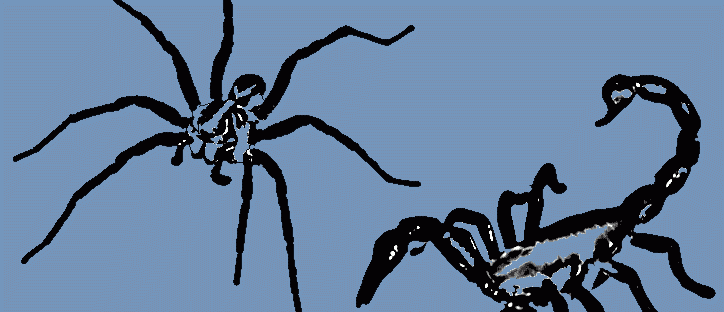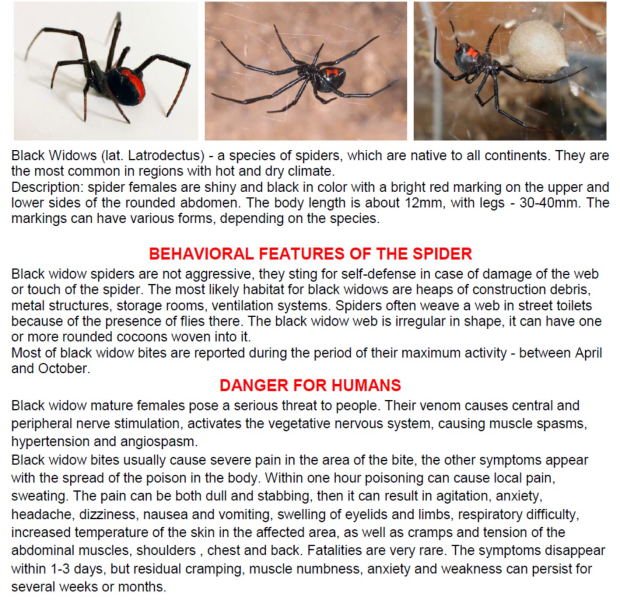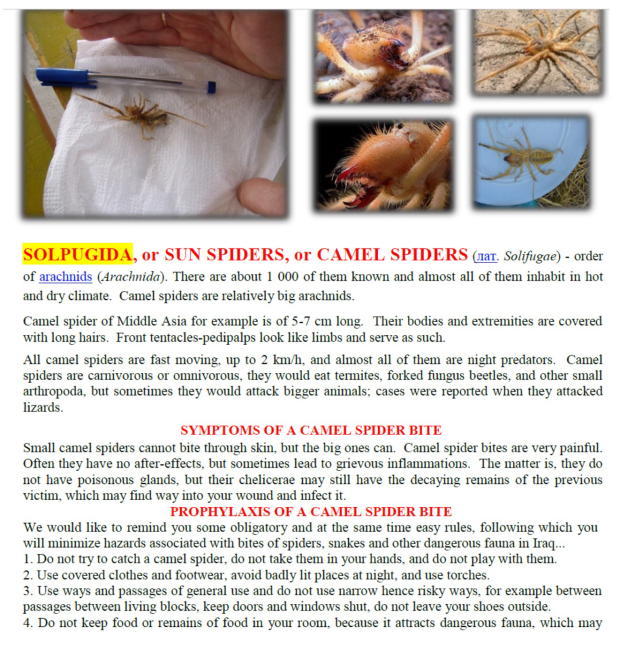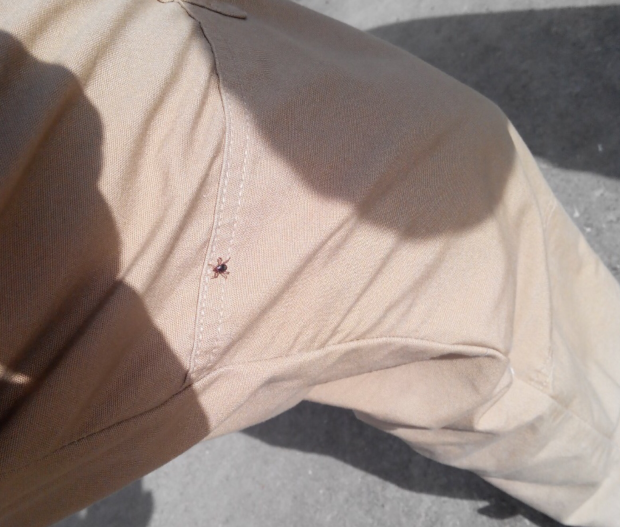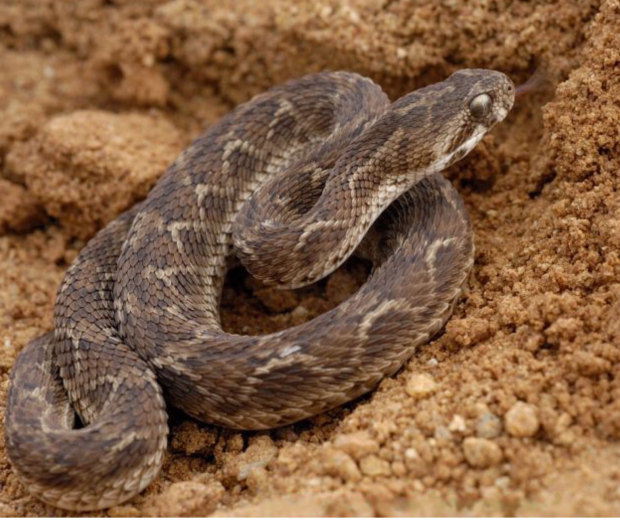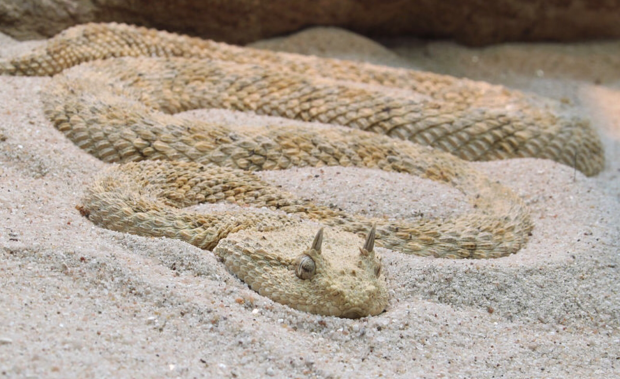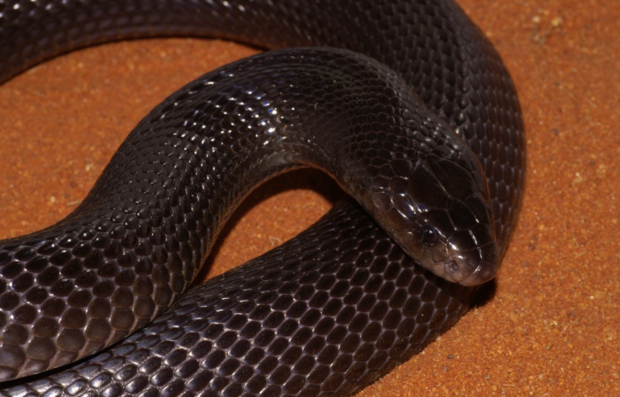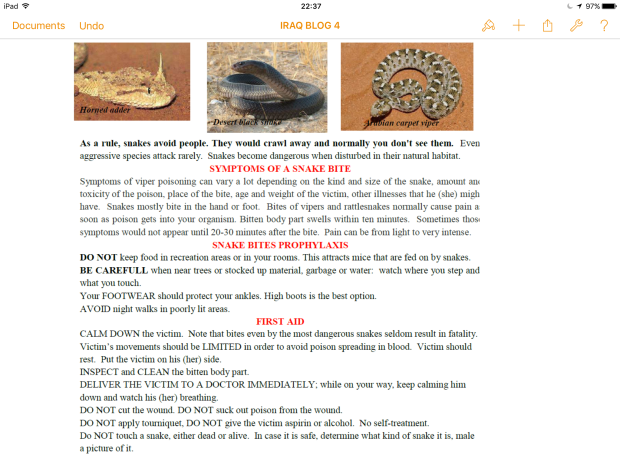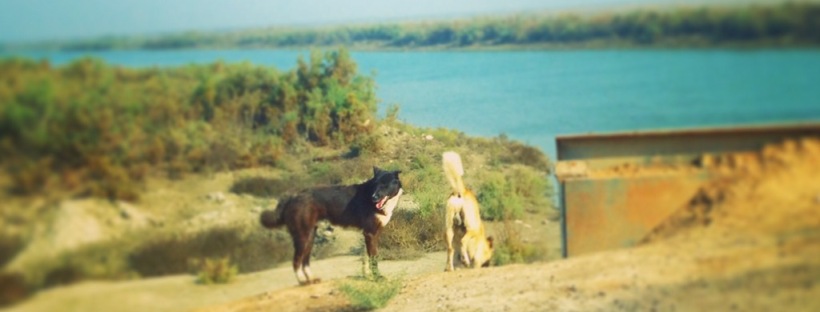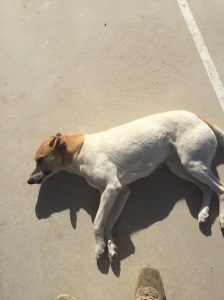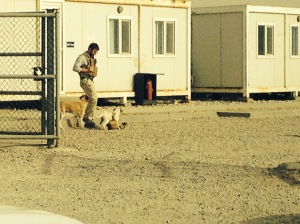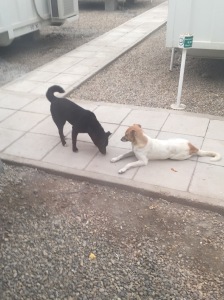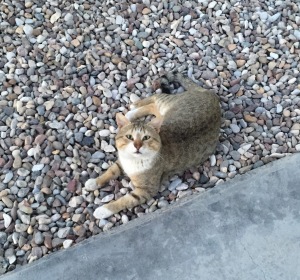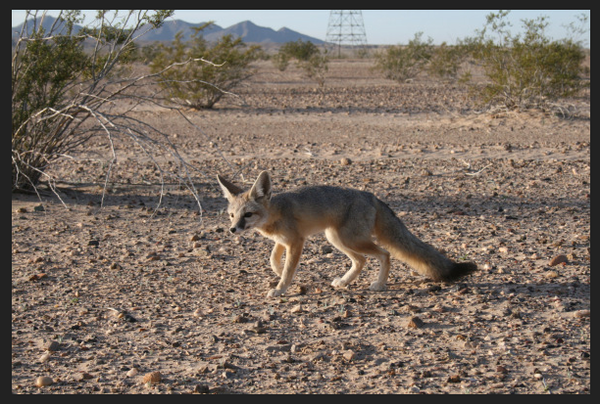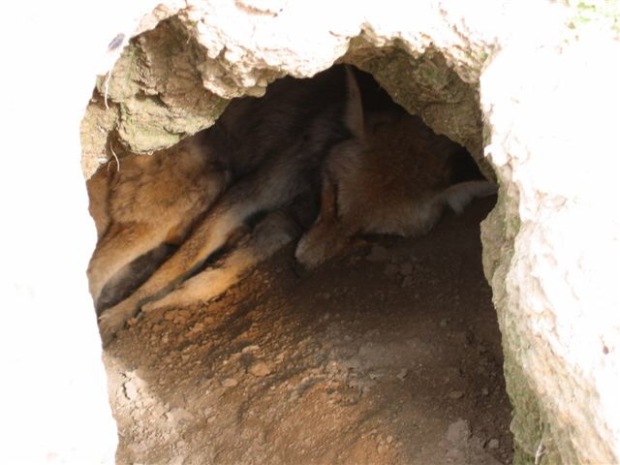I have already gone into detail in my last post about poisonous snakes, however there are also dangerous spiders to be aware of which are often more difficult to notice due to their size and tendency to find hidden corners in rooms or behind furniture. There are other arachnids to be concerned with in Iraq however and I will be covering them in this post.
1. Poisonous spiders
2. Camel Spiders
One of the scarier spiders, which doesn’t actually fall under the arachnid family, but rather is a cousin of the Scorpion, is the very scary and ugly camel spider. These can grow to a ridiculous size and for arachnophobia sufferers, can only be described as a nightmare. Luckily these are not seen too often and when they are spotted, they tend to be dead already.
3. Scorpions
Scorpions are rife in Iraq. All over camp during certain months, you will see at least 2-3 large ones during a shift, and at least 4-5 baby scorpions per night walking around camp. This isn’t so much a problem since the PPE footwear and even normal shoes will protect you, however when they start wandering into the rooms you have problems.
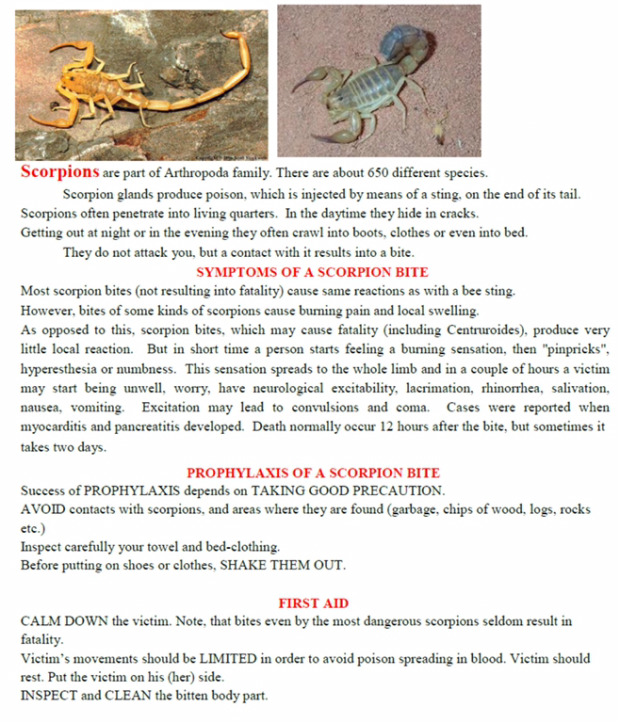
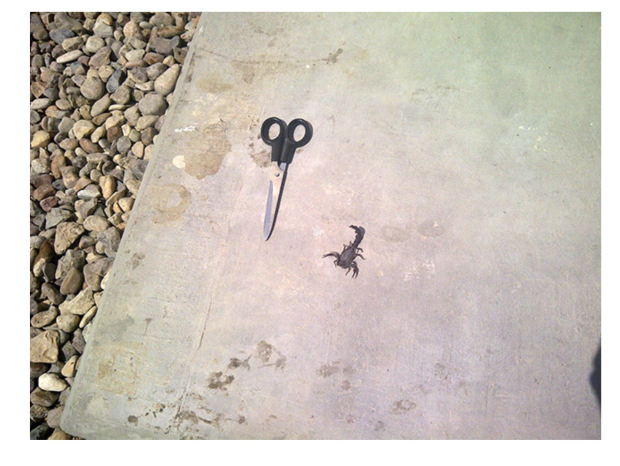
Companies should keep anti venom, have processes and procedures in place in order to deal with bites and have a procedure with a local hospital in place. Additionally, regular emails should be sent to staff reminding staff of the dangers.
Insects & Other
when it comes to insects and other creatures, it’s comforting to know that most of them aren’t going to potentially kill you, nonetheless, many of the insects in question can be quite annoying to staff either whilst working out on site or taking a walk in the evening or finding them in the rooms.
1. Locust
Locust can be found flying all over camp and landing on you whilst you are out walking or working but what is more surprising is the amount of them that manage to find their way into your room in the middle of the night. You can hear them jumping and walking around the room.
2. Flies
Flies can be an absolute nightmare during certain months. They get in the canteen and crawl all over the food, land on your face whilst you try to eat and generally make it miserable to try and eat. They also manage to get into transport vehicles making any journey very frustrating as you fight to keep the flies out of your ears or eyes.
3. Mosquitos
whilst mosquitos aren’t dangerous the bites they give people leave very large bite marks which are itchy and annoying when you are trying to focus on work. They tend not to be in the rooms too often which is positive but if you try to go for a walk during the summer in the evenings there is a good chance you will end up bitten.
4. Ants
Ants always manage to find a way into rooms. No matter how much you spray the room or keep the room tidy and free of crumbs, they still manage to find their way into the toilet or room. Often this isn’t a big issue however if they get into the room at night and you need to spray them, you end up being unable to sleep due to the fumes of the spray.
5. Cockroaches
Whilst I haven’t noticed too many cockroaches in my room, they are definitely present around the camp and although the majority are quite small, I have seen some absolute beasts that I really wouldn’t be pleased with if I found them in my room.
6. Frogs
Due to the area we are working in being marshland there are a vast amount of frogs around site and camp. This is a major positive for insect control.
7. Lizards and ghekos
Again, like frogs, the more lizards and ghekko seen around camp the better the insect control.
8. Hedgehogs
The presence of hedgehogs in Iraq was a surprise to many of us in the camps. It’s not uncommon to see at least one hedgehog a day. One of the unfortunate things about hedgehogs getting into camp is that they can often get caught in traps set out for dangerous insects or rats. This is something many employees work on avoiding.
9. Ticks
Ticks are rampant during certain times of year and employees need to be very careful with these insects. They are small and can go unnoticed however if they manage to bite into you, there are a number of diseases they can transmit which needs to be checked out by a doctor.
Aside from the insects mentioned above, there area an abundance of interesting insects such as stick insects and beetles. Very often however you will come across insects that are not easy to identify such as the insect in the below picture (no doubt people in certain countries will be familiar with them, but certainly in most parts of northern and Central Europe they are not present.

